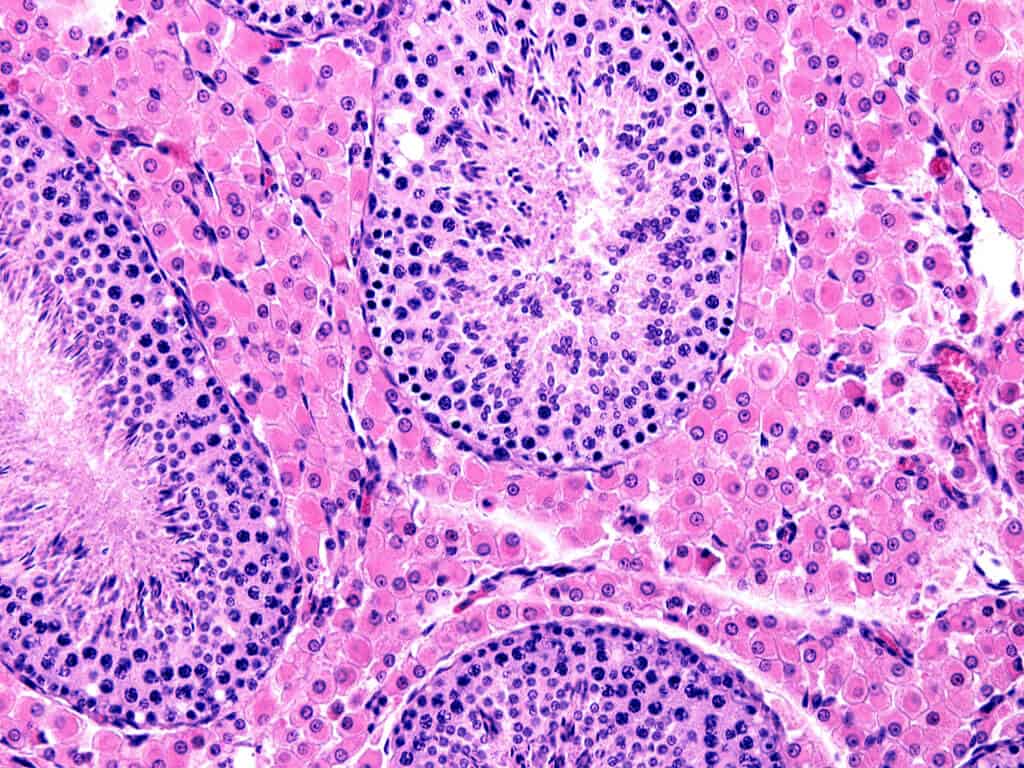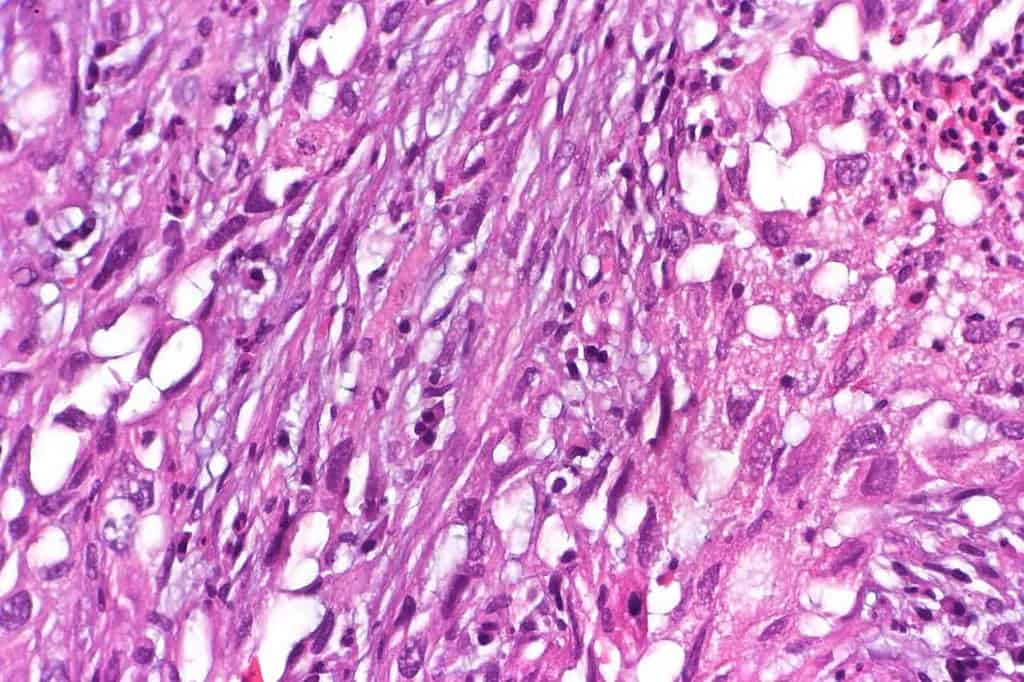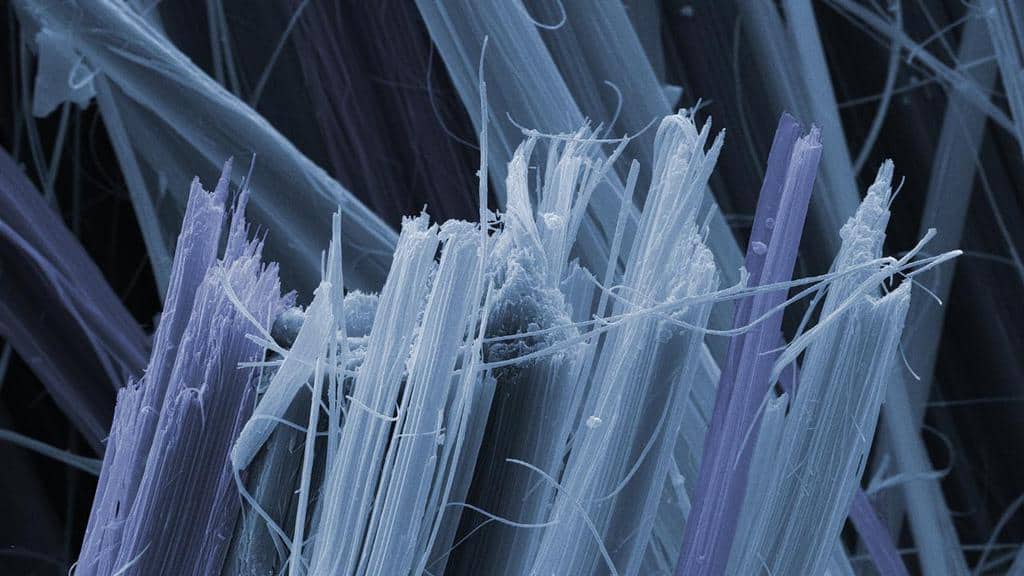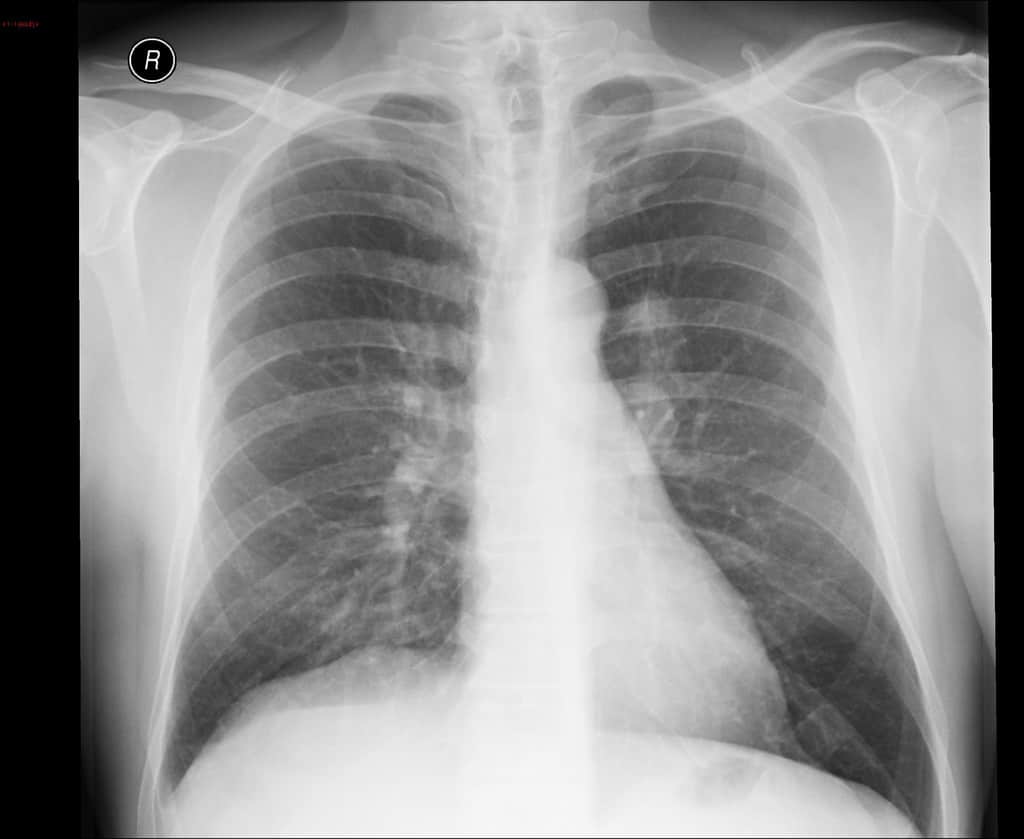Malignant mesothelioma is cancer that attacks cells usually in the areas of the chest, abdomen, and heart, according to an American Cancer Society (ACS) (author unknown) website article titled, “Overview: Malignant Mesothelioma.” The article, last medically reviewed 04/01/2009, lists the three main types of malignant mesothelioma tumors:
Epithelioid: “The most common type…better prognosis [chance for survival] than other types.

Fibrous sarcomatoid: “…1 or 2 out of 10…are this type.”
Mixed: A combination of epithelioid and sarcomatoid. “About 3 or 4 out of 10…are the mixed type.”
Epithelioid mesothelioma is a cancer of “the cellular covering,” according to the Farlex Medical Dictionary on-line. Fibrous sarcomatoid mesothelioma is an invasive spreading form of cancer in fibroblasts (connective fibrous cell tissues).

Three out of every four malignant mesotheliomas will be in the chest cavity (pleural mesothelioma), according to the ACS “Overview: Malignant Mesothelioma” article. Ten to 20 percent of malignant mesotheliomas will begin in the abdomen (peritoneal mesothelioma). Some rare cases of mesothelioma have been diagnosed in the heart and testicles.
Asbestos and Mesothelioma Lung Disease
Breathing in asbestos fibers “has been proven” to cause mesothelioma in the lungs, according to an American Cancer Society on-line (author unknown) article subtitled, “Does Asbestos Cause Cancer?” The article, updated 1/31/2006, is titled “Asbestos: What is Asbestos?”

ACS states that asbestos is a fibrous mineral usually composed of magnesium, silicon, and other minor elements. The type of asbestos commonly used by industry for insulation, known as chrysotile or white asbestos, has curly fibers. Other types of asbestos have “needlelike” fibers.
One out of every seven people suffering from asbestosis (a lung disease from exposure to asbestos) will develop lung cancer, according to the ACS article. The more the exposure to asbestos fibers “…the higher the risk of lung cancer.”

Smokers exposed to asbestos fibers have a greater chance of developing lung cancer than non-smokers exposed to asbestos fibers. Families living near asbestos factories and mines are at increased risk for malignant mesothelioma. About one third of mesothelioma patients in the U.S. did not have an occupational exposure.
Facts About Lung Cancer vs Asbestos Exposure
ACS lung cancer facts, in the “Asbestos: What is Asbestos?” article states the types of asbestos, causing most lung cancers, are “crocidolite,. amosite, chrysotile, and anthophyllite.” Most people were exposed to these asbestos types at their workplace.

Scientists have proven that asbestos can cause malignant mesothelioma in the lungs, however, “there is no way to measure…amount of asbestos…that can lead to mesothelioma,” according to the ACS article. Lung cancer symptoms are the same whether or not the disease was caused by asbestos fibers.
Asbestos Emergency: Protecting Communities From Causes of Lung Cancer
In 1986, the “Asbestos Hazard Emergency Response Act, (AHERA),” a provision of the “Toxic Substances Control Act,” became law, according to an (author unknown) Environmental Protection Agency (EPA) on-line (author unknown) article subtitled, “What is the Asbestos Hazard Emergency Response Act?” The article, updated 3/5/2009, title is “Asbestos in Schools.” One requirement of the Act is that local government agencies must inspect their schools for asbestos…”

An AHERA U. S. Environmental Protection Agency (EPA) action was reported by CNN on-line in an (author unknown) article titled “Asbestos cleanup ’emergency’ declared in Montana town.” The article, dated June 17, 2009, reports on a EPA action to rid Libby, Montana from asbestos dust contamination.
The asbestos dust in Libby caused 200 deaths “officials say” states the article. The dust was spread throughout the community, including school playgrounds. The source of the dust, according to the article, was from a nearby mine. The Obama administration pledged $130 million to clean the town and provide medical assistance. The article can be accessed by typing the article name in the CNN search box.

The American Cancer Society (ACS) and the EPA link asbestos exposure to malignant mesothelioma, a cancerous tumor which is often diagnosed as lung cancer. Asbestos can cause malignant mesothelioma in other parts of the body according to ACS.


















